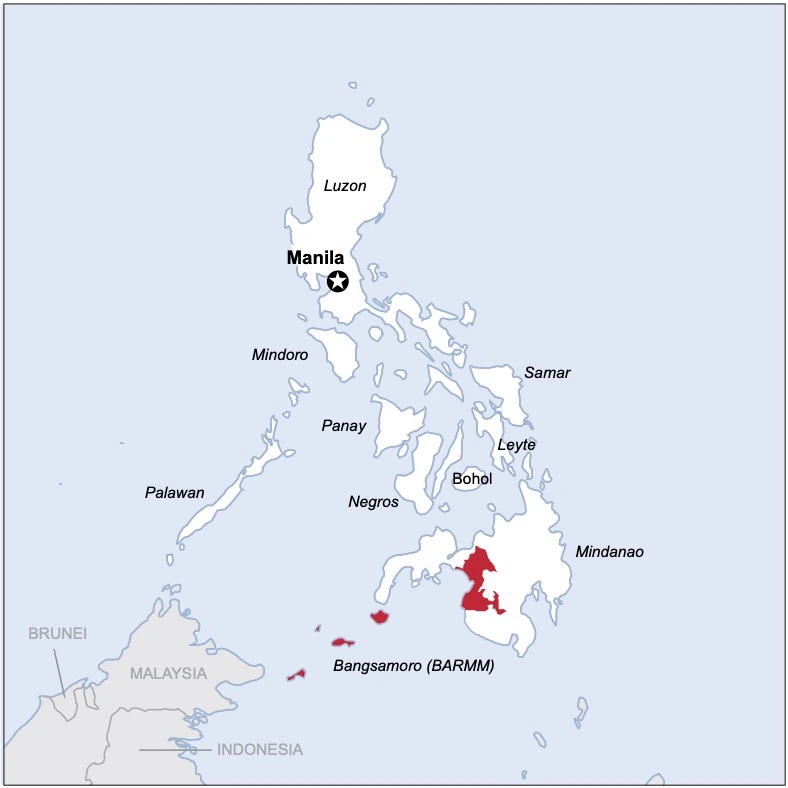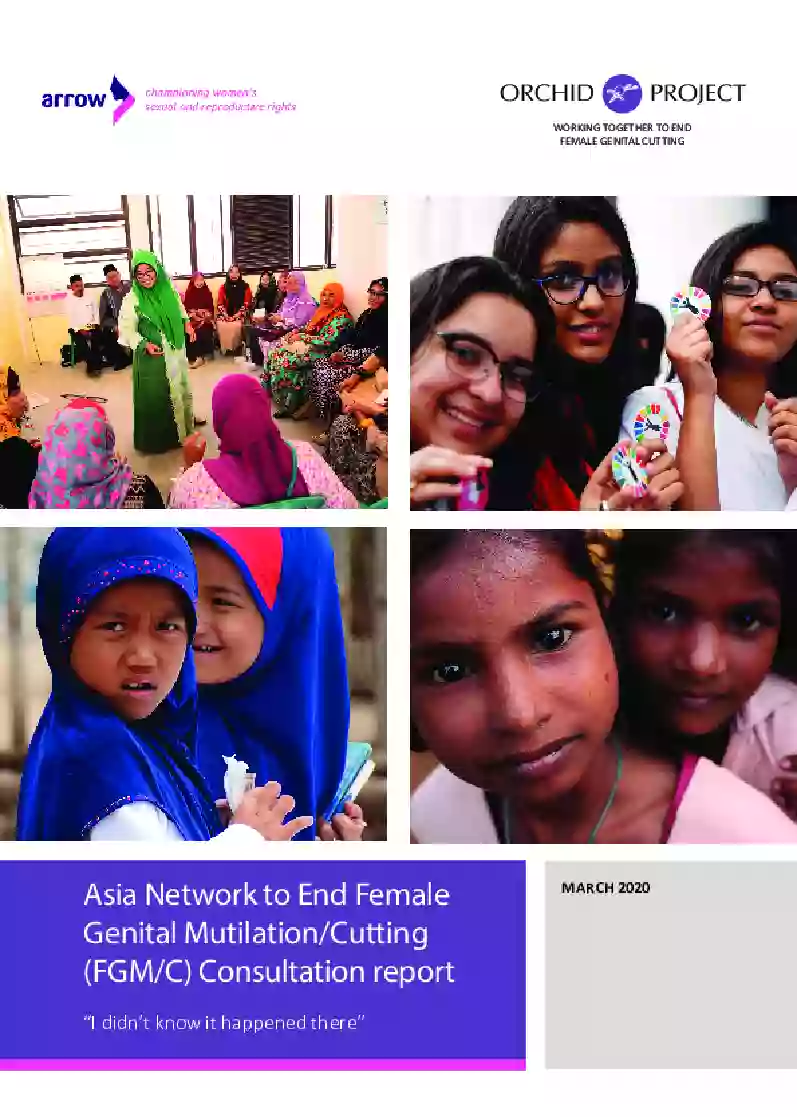Home | Research & Resources | Philippines
Key Findings
There are no official data on the practice of female genital cutting in the Philippines.
Informal surveys conducted by international non-governmental organisations and academics suggest that the prevalence of FGC in the Philippines is 80–86% of girls and women in Muslim communities in the Bangsamoro Autonomous Region of Muslim Mindana.
Place
80–86% of girls and women in Muslim communities in the Bangsamoro Autonomous Region of Muslim Mindana
Age
A girl may be cut from infancy to the age of eight
Type
The most-commonly practised form appears to be Type 4
Agent
Cutting is largely carried out by traditional practitioners
Distribution of FGM/C across the Philippines
There are no official data to indicate the prevalence of FGC in the Philippines. The practice appears mostly to be limited to some Muslim communities in the Bangsamoro Autonomous Region of Muslim Mindanao (BARMM), which comprises approximately 4.5 million people, or 4.04% of the Philippines’ population. Informal surveys conducted by international non-governmental organisations and academics suggest that the prevalence of FGC in the Philippines is 80–86% of girls and women in these communities.
The BARMM includes an administrative region in the south-west of the Philippines and a group of adjacent islands. It comprises five provinces: Basilan, Lanao del Sur, Maguindanao, Sulu and Tawi-Tawi. The regional centre is the city of Cotabato in Maguindanao.
It must be noted, however, that FGC does not occur in all Muslim communities: to date, the practise has only been reported among the Yakan, Moros and Meranaos.
FGM/C Legislation in the Philippines
There is no law against FGC in the Philippines.
Development Indicators
Population Growth
116,206 (as at 1 March 2024) with a 1.58% growth rate (2024 est.)
Infant Mortality
22 deaths per 1,000 live births (2024 est.)
Maternal Mortality
78 deaths per 100,000 live births (2020 est.)
SDG Gender Index
61 out of 144 countries in 2022



.webp)
_cover.webp)
